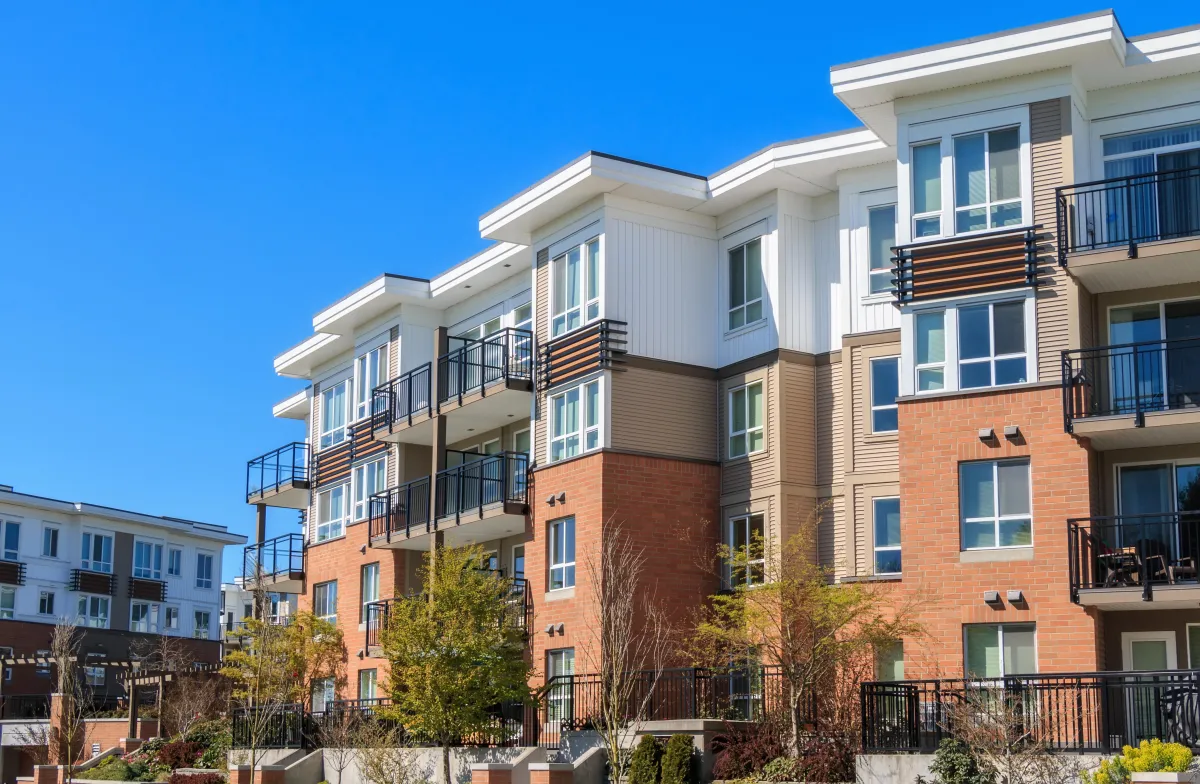Blog

How Value add strategies work in Multifamily Real Estate
Unlocking Hidden Potential: The Value-Add Strategy in Multifamily Investing
Multifamily investing offers a compelling path to financial freedom, and within this realm, the value-add strategy stands out as a powerful approach to maximizing returns. But what exactly is value-add investing, and how can you leverage it to build your real estate portfolio?
The Essence of Value-Add
In essence, the value-add strategy involves acquiring a multifamily property that has unrealized potential and implementing strategic improvements to increase its value and rental income. This could involve cosmetic renovations, operational enhancements, or even a combination of both.
Cosmetic Renovations:
Updating Unit Interiors: Modernizing kitchens and bathrooms with new appliances, countertops, and fixtures can significantly enhance appeal and justify higher rents.
Improving Curb Appeal: Enhancing landscaping, painting exteriors, and upgrading common areas can make a strong first impression and attract quality tenants.
Operational Enhancements:
Improving Management: Implementing efficient property management practices can reduce expenses, increase tenant satisfaction, and optimize rental income.
Adding Amenities: Introducing desirable amenities like a fitness center, dog park, or co-working space can attract tenants and command premium rents.
Optimizing Expenses: Identifying and addressing inefficiencies in utilities, maintenance, and other operational costs can boost net operating income (NOI).
Why Choose Value-Add?
The value-add strategy offers several compelling advantages:
Forced Appreciation: By actively improving the property, you can accelerate appreciation and increase its market value.
Increased Cash Flow: Higher rents and optimized expenses translate to improved NOI and stronger cash flow.
Competitive Advantage: Upgraded properties stand out in the market, attracting tenants and reducing vacancy rates.
Reduced Risk: Investing in well-located properties with solid fundamentals mitigates risk and enhances long-term value.
Finding Value-Add Opportunities
Identifying promising value-add properties requires careful analysis:
Market Research: Focus on areas with strong rental demand, growth potential, and favorable demographics.
Property Analysis: Look for properties with below-market rents, deferred maintenance, or outdated features.
Due Diligence: Conduct thorough inspections and financial analysis to uncover hidden potential and assess renovation costs.
The Value-Add Advantage
The value-add strategy offers a compelling blend of active involvement and long-term growth. By strategically enhancing a property, you can unlock its hidden potential, boost its value, and generate strong returns. If you're seeking a hands-on approach to multifamily investing with the potential for significant wealth creation, the value-add strategy may be the perfect fit for your portfolio.
Disclaimer: This blog post is intended for informational purposes only and does not constitute financial advice.It is essential to conduct thorough research andconsult with qualified professionals before making any investment decisions.